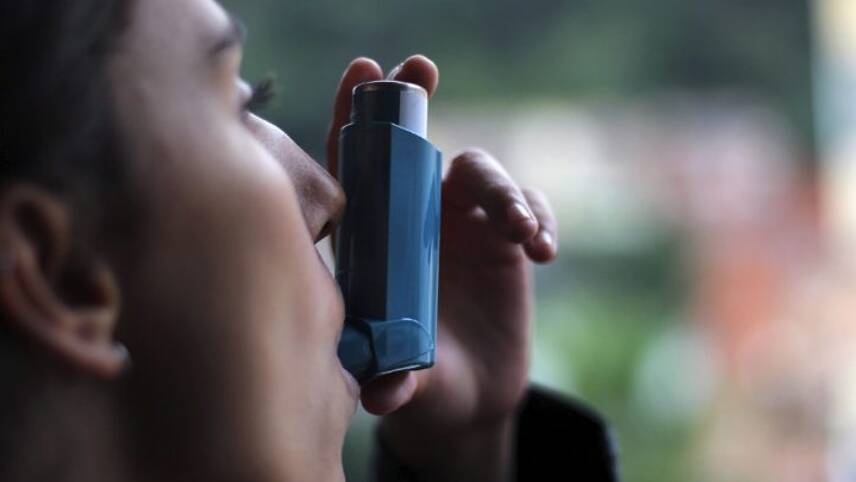Register for free and continue reading
Join our growing army of changemakers and get unlimited access to our premium content

Most inhalers use propellants to create a spray of medication droplets which the person inhales
The pharmaceuticals giant has today (22 February) published its latest annual sustainability report, in which the news on inhalers is detailed.
The report tracks AstraZeneca’s progress towards its commitment to achieving carbon negativity across the entire value chain by 2030. This commitment is underpinned one of just seven corporate decarbonisation pathways to have received verification in line with the Science-Based Targets Initiative’s (SBTi) net-zero standard. It reveals that, in 2021, AstraZeneca’s direct (Scope 1) and power-related (Scope 2) emissions were 59% lower in 2021 than in the firm’s baseline year for climate targets, 2015.
Initiatives that have reduced Scope 1 and 2 emissions include improving the energy efficiency of buildings and processes, reducing waste and increasing the procurement of renewable electricity and biomethane.
However, the report also reveals a 15% increase in absolute Scope 3 (indirect) emissions. AstraZeneca’s Scope 3 emissions are more than 20 times greater than its Scope 1 and 2 emissions combined.
The report states that “supplier maturity on climate issues varies greatly, creating challenges in effective communication of our expectations of suppliers, for example, to understand the full value chain emissions associated with our share of a supplier’s business.
“Supporting suppliers on this journey…is resource-intensive and it is a challenge to scale to a significant proportion of the supply chain.”
Despite this challenge, AstraZeneca maintains that it is on track to meet its overarching 2030 target. It is working with suppliers to ensure that 95% of them, by spend, set approved science-based targets to reduce emissions by 2025.
As for downstream emissions, AstraZeneca’s plans include a target to cut the greenhouse gas (GHG) footprint of sold products in the patient use phase by 95% by 2030.
Key to meeting that target on emissions from patients using products will be the development and scaling up of next-generation respiratory inhalers. Most inhalers, at present, contain compressed liquefied hydrofluoroalkanes (HFAs) and, by some estimates, these gases account for 4% of the NHS’s total annual emissions.
The report confirms that AstraZeneca has completed the first phase of a trial of inhalers with propellants that boast a near-zero global warming potential. The trial was a success, with the inhalers proving as safe and effective as their predecessors.
It outlines that AstraZeneca has forged a partnership with multinational conglomerate Honeywell to continue the development of these next-generation inhalers, which need to be approved by national regulators before a full roll-out is complete.
Honeywell’s chairman and chief executive Darius Adamczyk called the development of low-emission inhalers “tremendously important for both the environment and patients with respiratory issues”. He added: “Our goal is to reduce respiratory healthcare carbon emissions without restricting patient choice or risking improvement in health outcomes.”
Sarah George


Please login or Register to leave a comment.